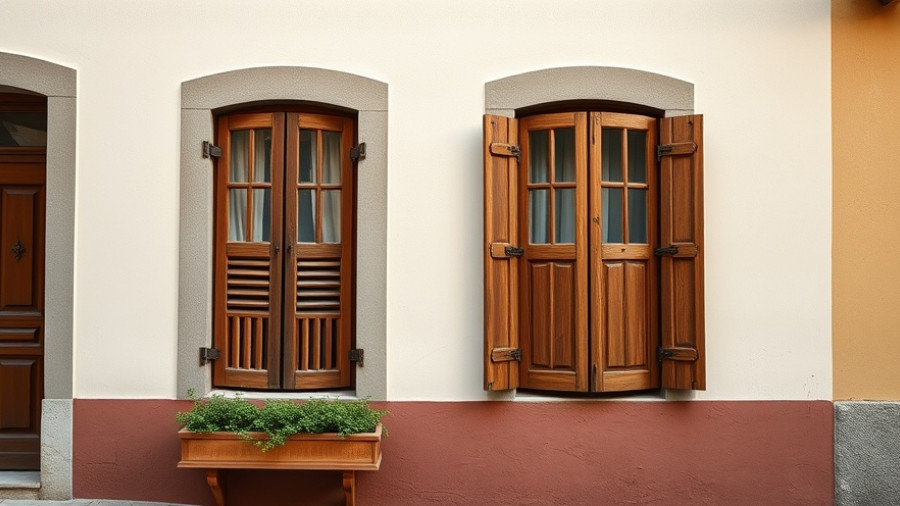
Maximizing Low-Cost Climate Resilience: The Role of DIY Retrofits
In an era where climate change poses an increasing threat to homes across the United States, retrofitting has emerged as a vital strategy to enhance resilience against natural disasters. For homeowners, particularly in vulnerable areas, these retrofits don't have to be financially burdensome. Instead, as many are discovering, a little creativity and elbow grease can go a long way in making homes safer and more resilient.
Practical Upgrades Under $500
Consider a few smart upgrades that significantly improve a home's climate resilience without breaking the bank. For instance, installing a sewer backflow valve can protect against sewage overflow during heavy rains, costing between $50 to $250. Similarly, grading your yard to direct water away from the foundation is another effective, low-cost solution. With just a bit of dirt and labor, homeowners can alter the landscape to safeguard their property.
Sealing cracks and ensuring gutters and downspouts are appropriately positioned can also save homeowners from costly repairs after a storm. These upgrades are not only smart; they actively contribute to community-wide resilience against flooding and other climate impacts.
Creating a Fire-Resistant Home
In areas prone to wildfires, incorporating fire-resistant materials and strategic landscaping is essential. Installing mesh screens on vents can prevent embers from igniting homes, a small investment that can yield significant safety benefits. Establishing a defensible space around properties with non-combustible materials is a proven way to mitigate fire risks while maintaining aesthetic appeal.
Diverse Perspectives and Community Engagement
Addressing climate change and housing resilience requires community-wide efforts. Local governments are already stepping in, offering resources and planning initiatives aimed at promoting housing retrofits. Engaging with homeowners about the importance of retrofitting can foster understanding and inspire collective action, creating a chain reaction of improvements tailored to withstand climate events.
Benefits Beyond Just Resilience
Investing in home upgrades not only enhances resilience but can also reduce energy costs. Households implementing energy-efficient improvements often find they are spending significantly less on heating and cooling. This dual benefit of climate adaptation and economic savings makes a compelling case for homeowners at all income levels.
Empowering Homeowners Through Knowledge
A robust community response to climate threats starts with informed homeowners. By providing resources—like the Home Upgrades for Climate Resilience Workbook used in the Loddon Mallee region—community organizations can guide families through the assessment of needed upgrades and assist them in prioritizing projects according to their specific vulnerabilities.
As we forge ahead in tackling climate-related challenges, low-cost DIY retrofits emerge as critical, proactive measures that individuals can take to fortify their homes against the inevitable. For those seeking to enhance their properties, exploring local resources and community initiatives can provide the support needed to make lasting changes.
Take action today to not only safeguard your property but to also contribute to a community collectively preparing for the realities of a changing climate. Explore local resources, engage with community initiatives, and see how small changes can lead to significant impacts.
 Add Row
Add Row  Add
Add 




Write A Comment